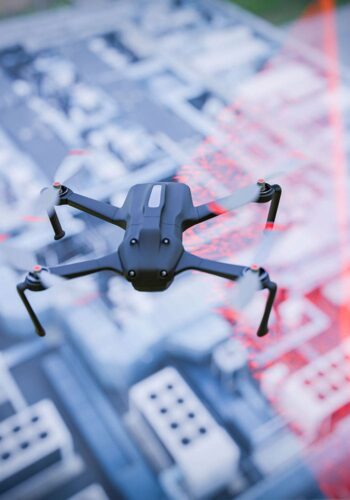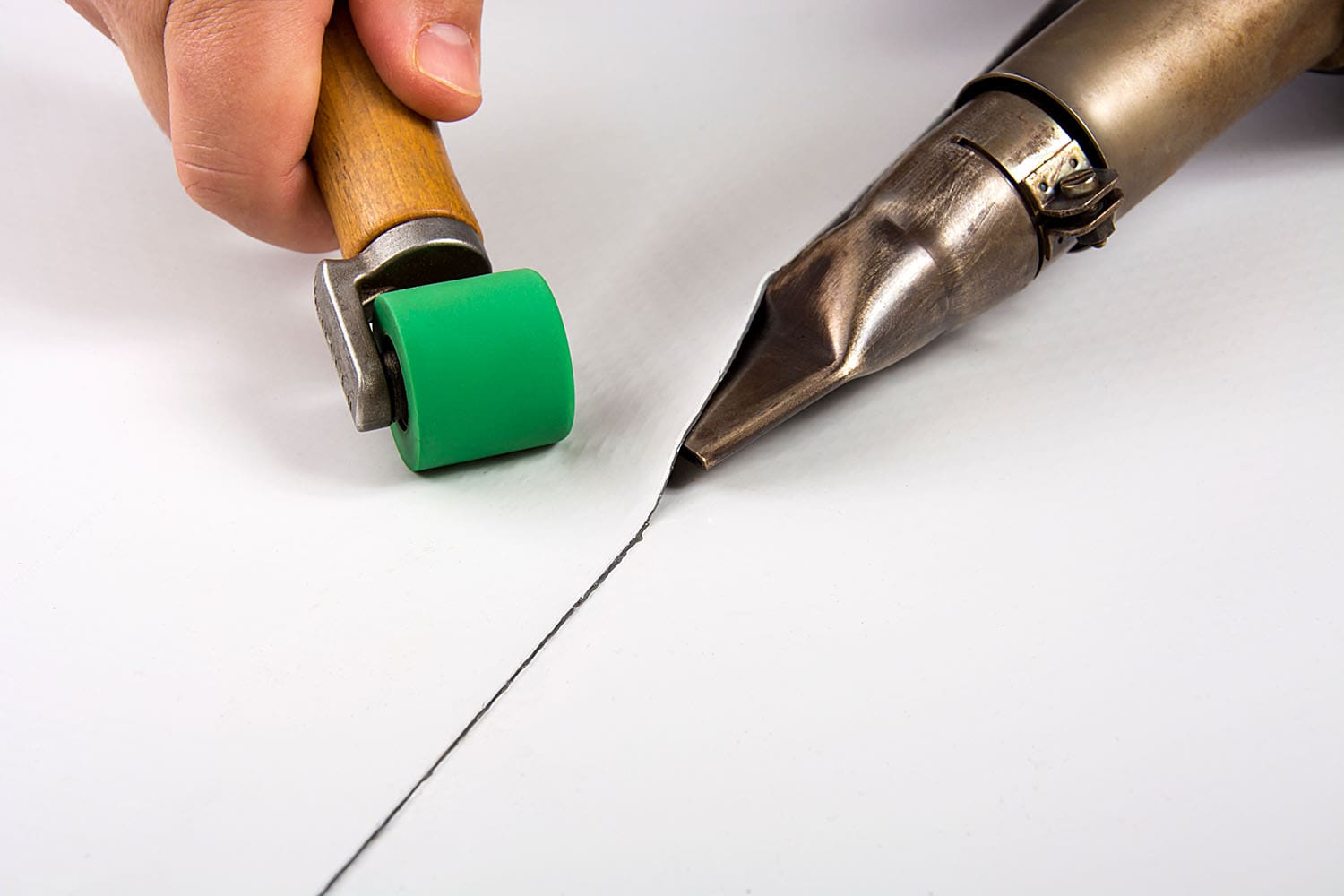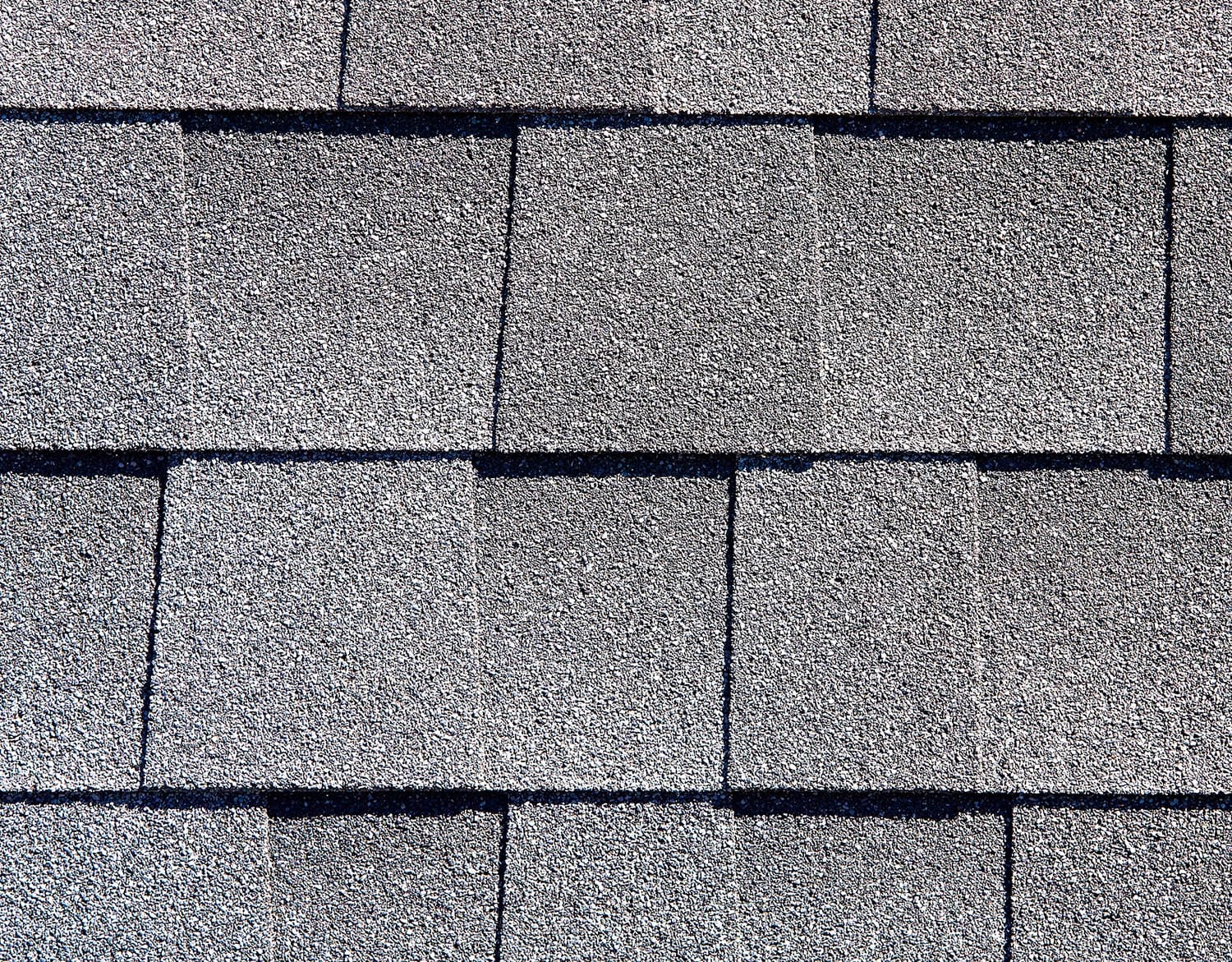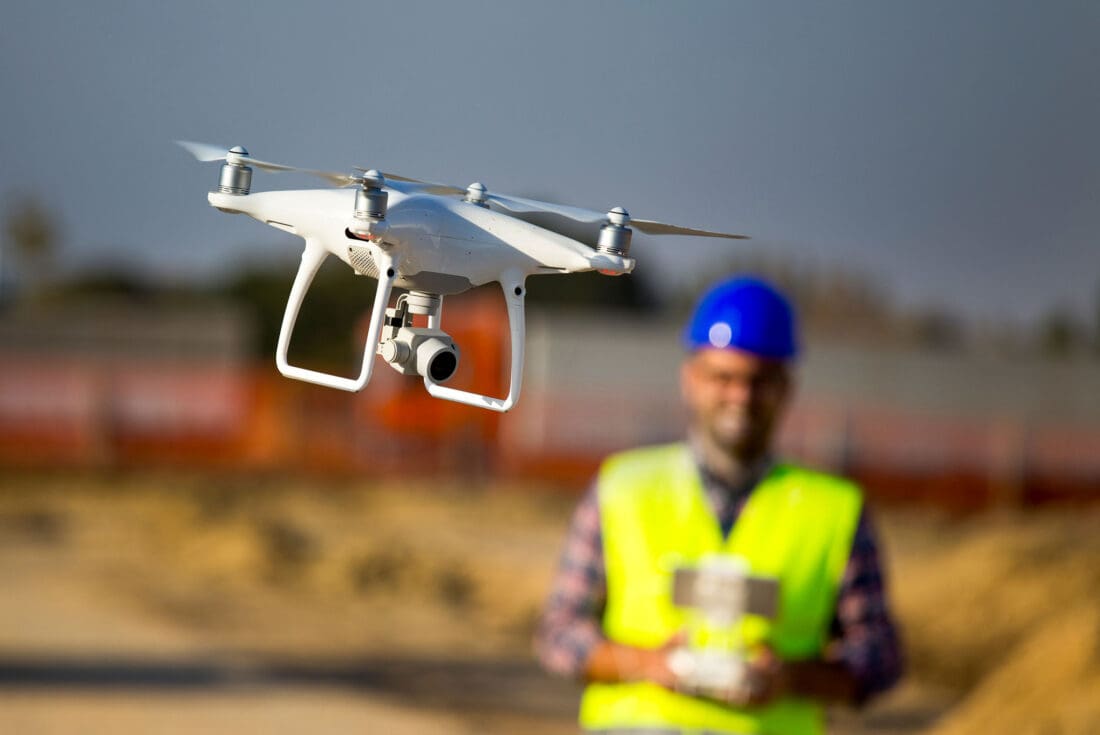Using Technology for Roof Maintenance
Exploring the Roofing Technology that Makes for Easier, More Efficient Building Maintenance
The roof of any commercial building is one of its most important elements. After all, that’s what protects everything underneath. But maintaining a roof properly can be a troublesome task—which makes it easy to neglect. Fortunately, recent advances in technology make roof maintenance easier and more efficient than ever.
Roofing Technology in the 21st Century
Here are some of the tools now available to keep the roof of your metal building in good shape:

Drone Inspections
Proper roof maintenance entails frequent inspections to identify potential problems. But accessing a roof physically involves safety risks, not to mention inconvenience and expense.
Drones outfitted with thermal imaging sensors and high-resolution cameras provide a smart alternative. They can locate damaged shingles, leaks, and other trouble spots quickly and accurately. They can also provide insight into areas that would be hard for a person to reach physically. And the detailed images and analytic capabilities available with drone technology can surpass the capabilities of a manual inspection. After the initial cost of the drone and other equipment, the recurring expense is minimal, making it practical to conduct more frequent inspections.
IoT Sensors
Sensors, strategically mounted and connected to Internet of Things (IoT) technology can monitor the roof for moisture, water accumulation, unusual water flows, and other factors that could affect a roof’s performance. When conditions reach a level of concern, the sensors can communicate to a hub or gateway through a cellular network— using highly-reliable long range frequencies. Managers can act quickly on the information they receive before problems escalate into crises. Often, it makes sense for building owners to install multiple sensors that can monitor a variety of conditions at several locations. And sensors are available that can track more than one condition at once. Since standing water is a major concern for any building rooftop, it’s smart to install sensors where water is likely to accumulate.


Data Analysis
With the combined data from drone inspections, sensors, weather information, and past maintenance records, building managers can use analytic software to anticipate problems and plan future maintenance and replacement activities. Roof maintenance thus becomes a proactive rather than reactive process.
Building Information Modeling (BIM)
This technology allows builders and managers to access all the information on a structure in one virtual representation. BIM software can track all relevant information regarding a building’s roof from the initial installation through the rest of its useful life. This facilitates forward-looking decisions and proactive maintenance.

State-of-the-art Materials
Smart maintenance starts with choosing the best materials during the construction phase. There are several roof options available for metal buildings, starting with the material most associated with this building type—metal.

Stainless steel
Steel roofing offers unsurpassed strength and durability. It is characterized by low thermal expansion, meaning it can resist warping and deformation. It won’t crack or buckle and can have a useful life of 60 years or more.

TPO
Thermoplastic Polyolefin (TPO) is a synthetic material that is typically manufactured and installed in sheets of various sizes. Two of its main components are polypropylene, a durable and elastic compound; and the synthetic elastomer ethylene-propylene rubber. These components give TPO its extraordinary flexibility, allowing it to expand or contract in response to temperature changes without rupturing. TPO inhibits the growth of fungus and other pests, as well as resisting temperature extremes, ozone rays, and oxidation. It is relatively affordable, and its slick surface enables it to repel rain and snow more effectively than other materials.

Copper
The other metal option, copper, is also typically the most expensive. But its advantages make it a winning option in certain cases. For starters, copper roofing has a virtually unlimited lifespan, so replacement becomes a nonissue. It requires little maintenance, is flexible and resistant to mold, corrosion, and rust. It is also light weight, which minimizes stress on the underlying structure. Copper roofing can be difficult to install, so the biggest challenge can be finding craftsmen with the requisite skill to tackle the job. Over time, copper will develop a patina, which can range in color from pale green to brown or blue-green. This creates an esthetic effect that is often considered desirable. For the right project, copper roofing is the ideal choice.

Asphalt shingles
A popular option for both residential and commercial structures, asphalt is relatively inexpensive, sturdy, flexible, and easy to repair. Asphalt can be expected to last at least 30 years, or more depending on the grade. Warranties are usually available for 30, 40, or even 50 years.

Rooftop Solar Panels
Nowadays, rooftop solar arrays are a common sight on commercial as well as residential structures. The energy-producing capabilities of solar panels are obvious. But these panels also provide an added benefit by protecting the underlying roof material from wind, rain, hail, and the very solar radiation they capture.


